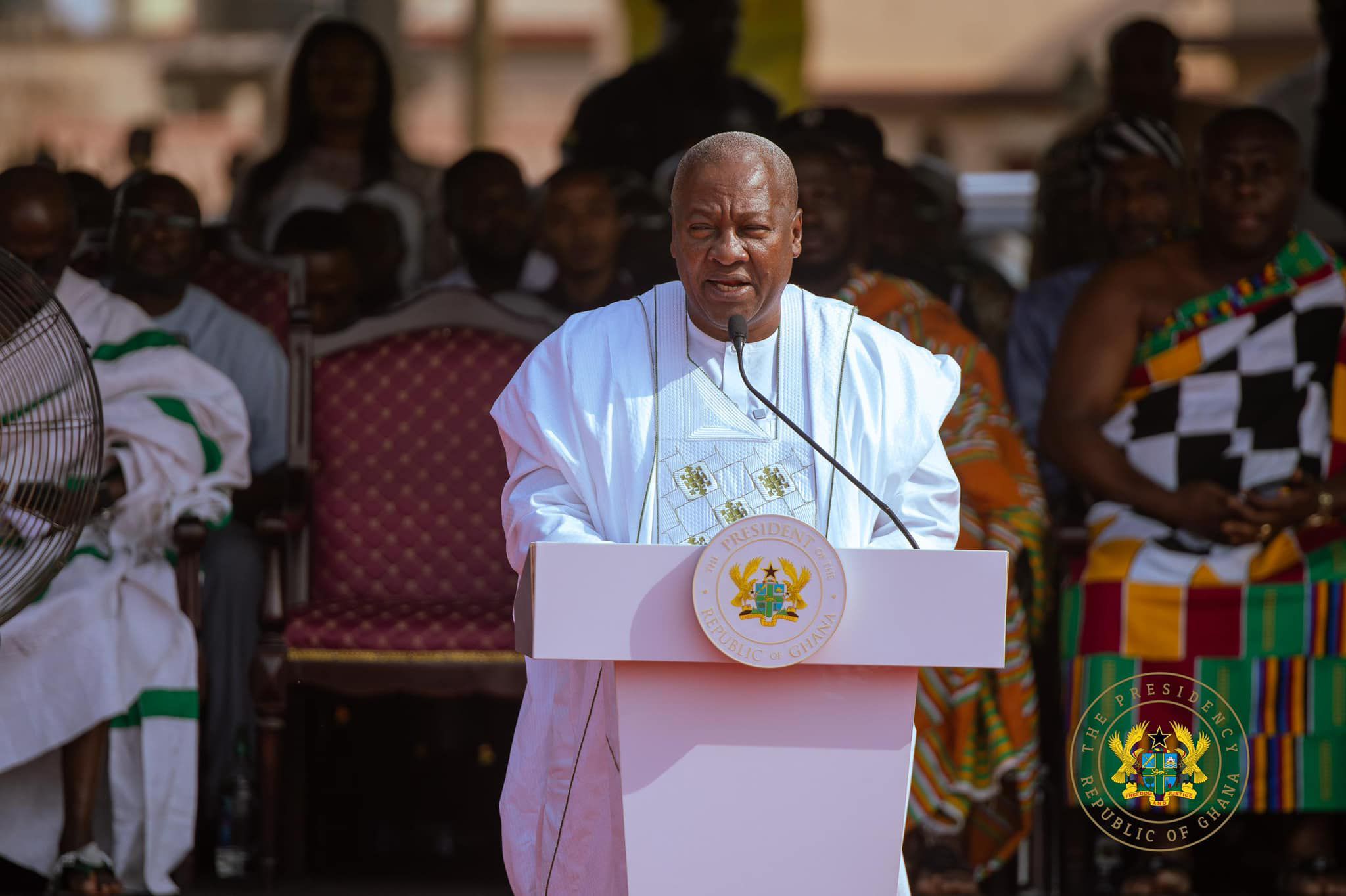Himalayan Travel Mart 2025 is A Turning Point for Nepal's Global Tourism Ambitions - Travel And Tour World
Friday, June 20, 2025
Nestled in the heart of the Himalayas, where ancient traditions meet raw natural beauty, Nepal is quietly orchestrating a tourism revolution. At the center of this transformation is the , an annual gathering that has evolved into one of South Asia’s most significant travel forums. This year, the event not only brought together stakeholders from across the globe but also amplified a profound message: Nepal is ready to redefine how the world experiences mountain tourism.
In an exclusive conversation with Travel and Tour World, , Chairman of the , offered an insider’s view on Nepal’s aspirations, challenges, and roadmap toward becoming a sustainable international tourism hub.
For Mr. Lakai, HTM is more than a trade show. “It’s a festival,” he says with enthusiasm. “A festival where buyers and sellers of Himalayan tourism gather not just to network, but to celebrate our shared love for travel.” The fifth edition of HTM, hosted in Kathmandu, saw buyers from over 30 countries and sellers from six. Despite space limitations, the event managed to maintain high quality in terms of attendees and experiences.
What makes this event unique is its dual nature — it’s equal parts business and cultural immersion. “Travel and tourism are about joy, about discovery. This mart creates an environment where we talk business during the day and celebrate diversity in the evening,” Lakai adds.
The Himalayas are often romanticized in travel literature, but Lakai offers a grounded, more interconnected perspective. “The Himalayas aren’t just Nepal,” he explains. “They stretch from India through Bhutan to Tibet. When we talk about Himalayan tourism, we’re referring to a region without borders — a unified ecological and cultural system.”
This borderless approach makes HTM a platform for collaboration, not competition. It also highlights the shared responsibility of Himalayan nations in combating climate change and preserving the ecosystem.
After the pandemic decimated the global travel industry, Nepal has seen a strong comeback. In 2024, the country welcomed over 1 million tourists. But Lakai is not obsessed with numbers. “We need to move from volume to value,” he asserts. “We don’t need just more tourists; we need the right kind of tourists — mindful travelers who want authentic experiences and are willing to invest in them.”
He believes Nepal is well-positioned to cater to this emerging traveler demographic. With new resorts, trekking routes, wellness retreats, and a growing digital infrastructure, the country is rapidly adapting to post-pandemic expectations.
Despite having , Nepal’s tourism still centers around a few iconic names like and . Lakai believes this over-concentration needs to shift. “We have dozens of untapped routes, pristine villages, and less-trodden trails,” he notes. “These places offer the same Himalayan magic, minus the crowd.”
This diversification is not just good for tourists; it’s essential for sustainability. “People are tired of over-tourism. They want solitude, nature, and genuine interactions with locals. Nepal can offer that in abundance,” he says.
One of the most heartening trends Mr. Lakai observes is the rise of . “Travelers today want to experience the real culture — not a curated, five-star version of it,” he remarks. Whether it’s eating a local meal, staying in a traditional homestay, or learning to weave handicrafts, immersive experiences are gaining traction.
Alongside this, is rapidly rising. Nepal, with its serene landscapes, yoga traditions, and holistic healing retreats, is an ideal destination. “Walking in the Himalayas is not just physical exercise; it’s therapy for the soul,” Lakai says with a smile.
But the road ahead isn’t without challenges. “The biggest issue is infrastructure in lesser-known areas,” Lakai admits. “Tourists may reach a stunning village, but if there’s no clean place to stay or local food to enjoy, it becomes a problem.”
Most of the facilities are concentrated in traditional tourist hubs, and expanding basic infrastructure like mountain lodges, sanitation, and roads to remote regions is crucial. However, Lakai sees this as a golden opportunity. “This is where business potential lies — creating experiences in untouched places with basic comforts and authentic hospitality.”
Mr. Lakai emphasizes the importance of digitization and ease of access. “Modern tourists value convenience. A cumbersome visa process or lack of online booking options can deter them,” he warns. He praises Nepal’s recent steps to simplify its visa-on-arrival policy and calls for more progress in e-visas, inspired by examples like Singapore and Turkey.
During a recent trip to Turkey, he experienced the power of seamless digital processes. “I filled out the form, paid online, and had my visa in my inbox within minutes. That’s how it should be.”
What makes Mr. Lakai’s perspective especially powerful is his rootedness. He doesn’t just talk about tourism as an industry — he speaks of it as a human connection. One of his favorite travel memories involved convincing a Bhutanese driver to take him to a local eatery instead of a luxury hotel. “That local meal was the most memorable part of my trip,” he recalls. “It reminded me that travel is about people, not places.”
He references a powerful quote by Dr. Taleb Rifai, former UNWTO Secretary-General: “A country best enjoyed by its own people is the country tourists will love.” Lakai believes this wholeheartedly. “If our own citizens cherish their culture, food, and festivals, that joy will be contagious to visitors.”
As HTM 2025 comes to a close, one thing is clear: Nepal is not just riding a tourism wave — it’s shaping it. With thoughtful planning, deep cultural awareness, and a strong commitment to sustainability, the country is building a model for the future of travel.
“Tourism is not about luxury anymore,” Lakai concludes. “It’s about meaning. People travel to find something deeper — connection, healing, joy. Nepal has all of that. Now it’s up to us to offer it the right way.”
And with leaders like Khem Lakai steering the vision, the future of Nepal’s tourism looks not just promising, but inspiring.











